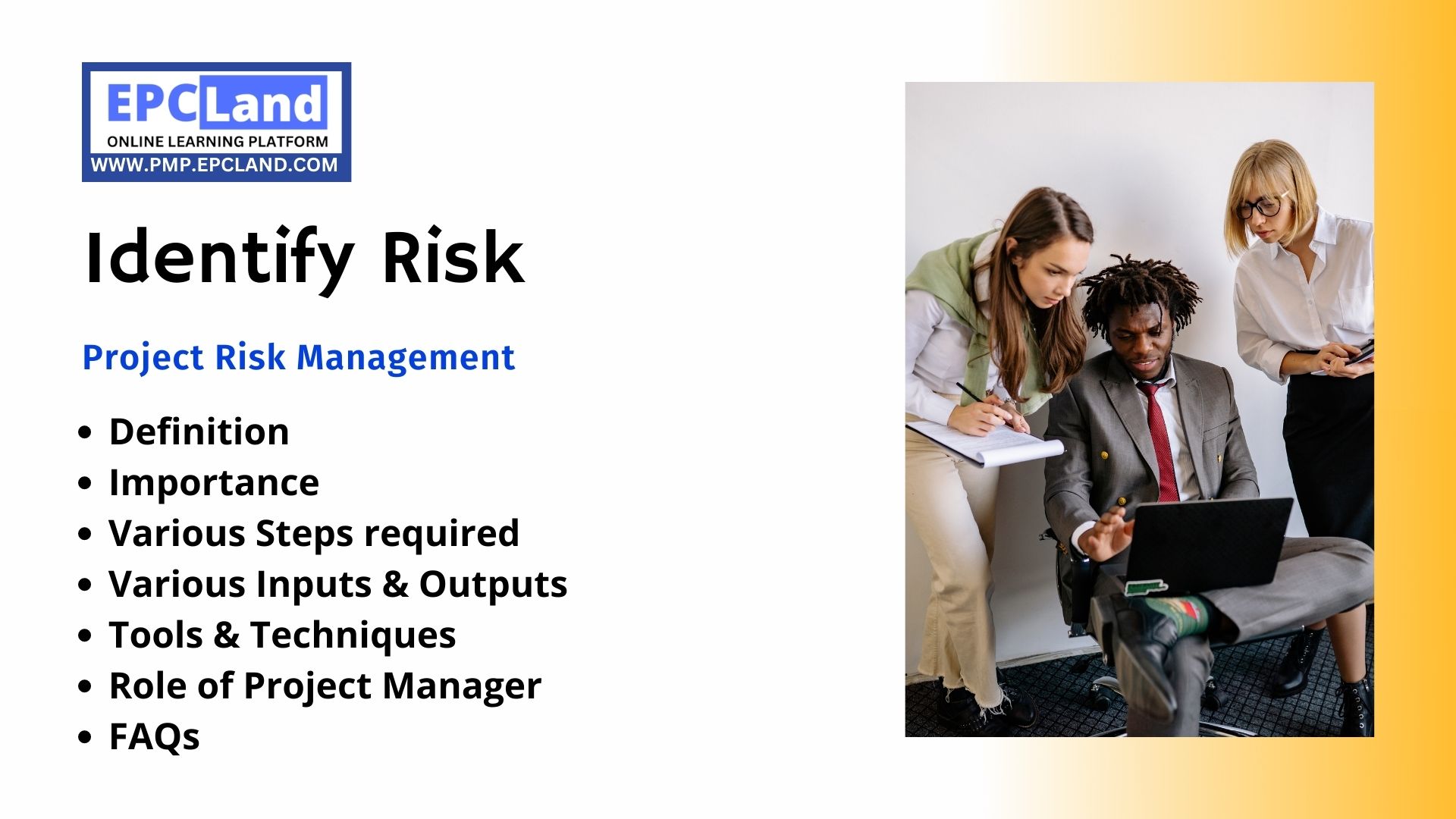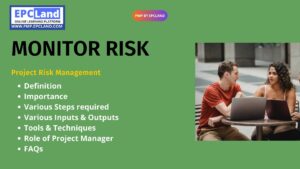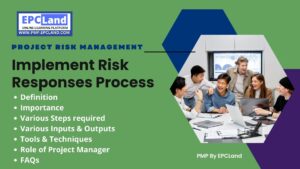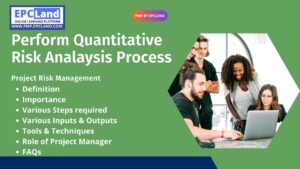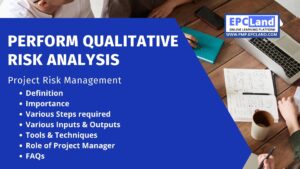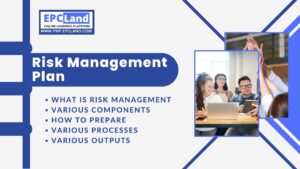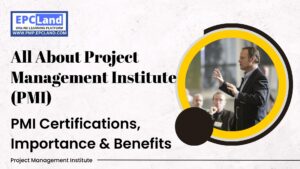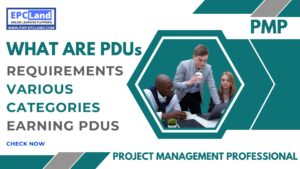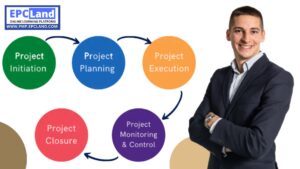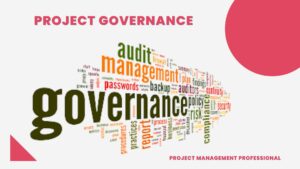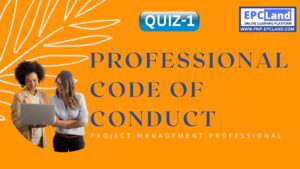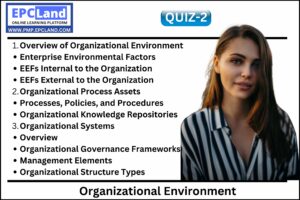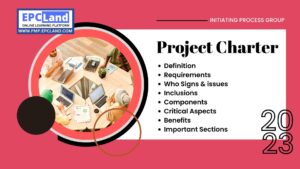Project risk management is a crucial aspect of ensuring project success. One of the key steps in this process is the identification of potential risks that could impact the project’s objectives. A well-planned and executed risk identification process helps project managers uncover potential risks early, allowing them to take proactive measures to mitigate or avoid them. The risk identification process involves several steps, including identifying risk sources, evaluating the likelihood and impact of risks, prioritizing risks based on their potential impact, and developing a plan to address the risks identified. By adopting a systematic approach to risk identification, project managers can effectively identify and manage risks, reducing the impact on the project’s timeline, budget, and objectives. Effective risk identification is essential to the success of any project and should be a key component of your project management strategy.
What is the Importance of “Identify Risk Process” in Project Risk Management
The importance of the identify risk process in project risk management is as follows:
- Early Risk Detection: A comprehensive risk identification process helps project managers detect potential risks early, allowing them to proactively address them before they escalate.
- Better Resource Allocation: By identifying and prioritizing risks, project managers can allocate resources more effectively, reducing the impact of risks on the project.
- Improved Project Planning: The risk identification process provides valuable input for project planning, allowing project managers to develop more accurate project schedules, budgets, and resource allocation plans.
- Increased Transparency: The risk identification process increases transparency and helps project managers communicate potential risks to stakeholders, ensuring that everyone is aware of the potential impact of risks on the project.
- Better Decision Making: By understanding the potential impact of risks on the project, project managers can make informed decisions on how to allocate resources and mitigate risks.
Attempt Quiz-1 on Identify Risk Process
What are the Various Steps required in “Identify Risk Process” in Project Risk Management
The steps required in the identify risk process in project risk management are:
- Identify risk sources: Review project plans and documents to identify potential sources of risks.
- Evaluate risk likelihood and impact: Determine the likelihood and potential impact of identified risks.
- Prioritize risks: Prioritize risks based on their potential impact on the project.
- Develop a risk response plan: Develop a plan to address the risks identified, including strategies for mitigating or avoiding them.
- Assign risk ownership: Assign ownership of each risk to a specific team member or department.
- Regularly review and update the risk register: Regularly review and update the risk register to ensure that it reflects the current state of the project and any new risks that have arisen.
- Monitor and control risks: Monitor and control risks throughout the project, taking corrective action as needed to address any changes in the likelihood or impact of risks.
What are various Tools & Techniques used for “Identify Risk Process” in Project Risk Management
The various tools and techniques used for the identify risk process in project risk management include:
- Brainstorming: Bringing project team members together to discuss potential risks and generate ideas for mitigating them.
- Root cause analysis: Analyzing the underlying causes of potential risks to better understand their potential impact.
- SWOT analysis: Evaluating the strengths, weaknesses, opportunities, and threats (SWOT) of a project to identify potential risks.
- Risk breakdown structure (RBS): Organizing risks into a hierarchical structure to help prioritize them and allocate resources effectively.
- PESTEL analysis: Examining the political, economic, social, technological, environmental, and legal factors that could impact a project.
- Failure mode and effects analysis (FMEA): Analyzing potential failures in the project and their impact, to identify and prioritize risks.
- Checklists: Using checklists to ensure that potential risks have been thoroughly considered and addressed.
What are various Inputs required for “Identify Risk Process” in Project Risk Management
Inputs required for the identify risk process in project risk management:
- Project charter: The project charter outlines the project’s goals, objectives, and scope, providing a starting point for identifying potential risks.
- Stakeholder register: The stakeholder register identifies key stakeholders and their interests and concerns, which can provide valuable input for identifying potential risks.
- Project schedule: The project schedule outlines the project timeline and key milestones, which can help identify potential risks related to project schedule.
- Budget: The project budget outlines the project’s financial resources, including revenue and expenses, which can help identify potential risks related to project funding.
- Risk management plan: The risk management plan outlines the risk management strategy for the project, providing a framework for identifying and managing potential risks.
- Historical information: Historical information from previous projects can help identify potential risks based on past experience.
What are various Outputs required for “Identify Risk Process” in Project Risk Management
Outputs required for the identify risk process in project risk management:
- Risk register: A risk register is a comprehensive list of all potential risks to the project, including their likelihood, impact, and risk response plans.
- Qualitative risk analysis: A qualitative risk analysis is a preliminary assessment of the potential impact of risks, which helps prioritize risks and allocate resources effectively.
- Quantitative risk analysis: A quantitative risk analysis uses mathematical models and simulations to quantify the potential impact of risks, providing a more accurate assessment of risk likelihood and impact.
- Risk response plans: Risk response plans outline the strategies for mitigating or avoiding potential risks, including risk ownership, risk triggers, and risk response strategies.
- Risk management plan updates: The risk management plan may be updated based on the results of the risk identification process, including any changes to the risk register or risk response plans.
What is Role of Project Manager in “Identify Risk Process” in Project Risk Management
The role of the project manager in the identify risk process of project risk management is critical. The project manager is responsible for:
- Facilitating the risk identification process: The project manager is responsible for bringing project team members together to identify potential risks, including conducting risk identification workshops and brainstorming sessions.
- Overseeing the use of tools and techniques: The project manager is responsible for selecting and applying the appropriate tools and techniques for identifying potential risks, such as brainstorming, root cause analysis, SWOT analysis, and failure mode and effects analysis.
- Evaluating and prioritizing risks: The project manager is responsible for evaluating and prioritizing potential risks, including conducting qualitative and quantitative risk analysis and updating the risk register as necessary.
- Communicating risk information: The project manager is responsible for communicating risk information to project stakeholders, including updates to the risk register, risk response plans, and risk management plan.
- Ensuring risk management plans are in place: The project manager is responsible for ensuring that risk response plans are in place for identified risks, and that the risk management plan is updated as necessary.
Attempt Quiz-2 on Identify Risk Process
Final Take Away on “Identify Risk Process” in Project Risk Management
The identify risk process in project risk management is a critical step in proactively managing potential risks and reducing their impact on a project’s timeline, budget, and objectives. By utilizing effective tools and techniques, prioritizing risks, and creating risk response plans, project managers can minimize the impact of risks on a project’s success. The project manager plays a crucial role in this process, from facilitating risk identification to ensuring risk management plans are in place. Implementing a robust identify risk process is essential for project success.
FAQs on “Identify Risk Process” in Project Risk Management
Here are some FAQs on the identify risk process in project risk management:
- What is the purpose of the identify risk process? The purpose of the identify risk process is to identify potential risks to a project and to prioritize these risks based on their likelihood and impact. This information is used to develop risk response plans and to update the risk management plan as necessary.
- Who is involved in the identify risk process? The identify risk process typically involves the project manager and project team members, as well as key stakeholders and subject matter experts.
- What tools and techniques are used in the identify risk process? Common tools and techniques used in the identify risk process include brainstorming, root cause analysis, SWOT analysis, failure mode and effects analysis, and stakeholder analysis.
- How is risk information communicated in the identify risk process? Risk information is typically communicated through updates to the risk register, risk response plans, and risk management plan, as well as through regular communications with project stakeholders.
- How is the risk management plan updated during the identify risk process? The risk management plan may be updated based on the results of the risk identification process, including any changes to the risk register or risk response plans. The risk management plan may also be updated as risks change or new risks are identified.
- What is the role of the project manager in the identify risk process? The project manager is responsible for facilitating the risk identification process, overseeing the use of tools and techniques, evaluating and prioritizing risks, communicating risk information, and ensuring risk management plans are in place.
